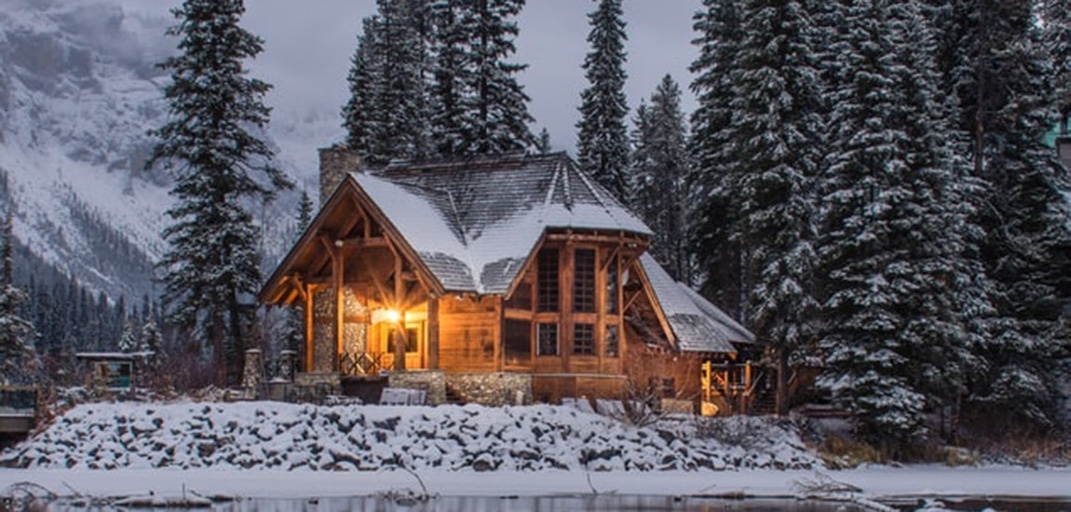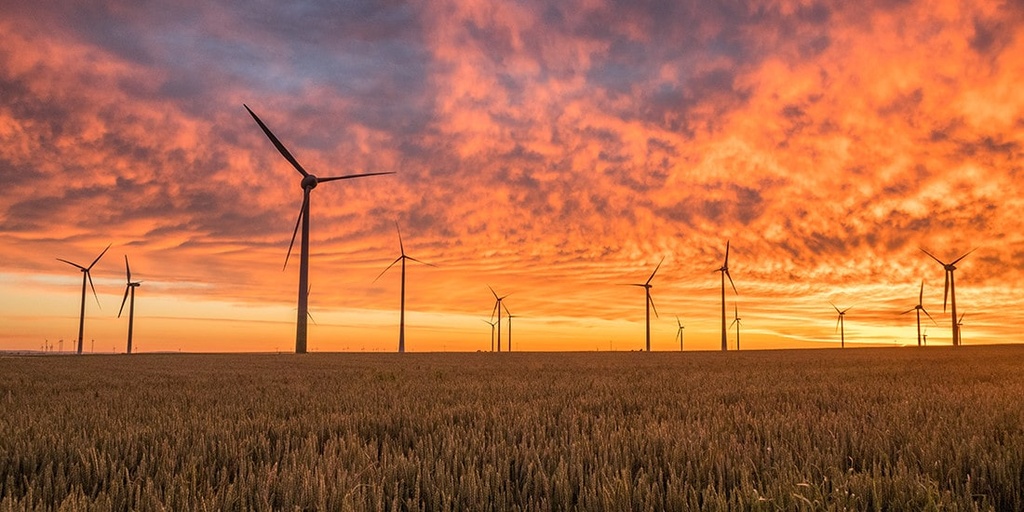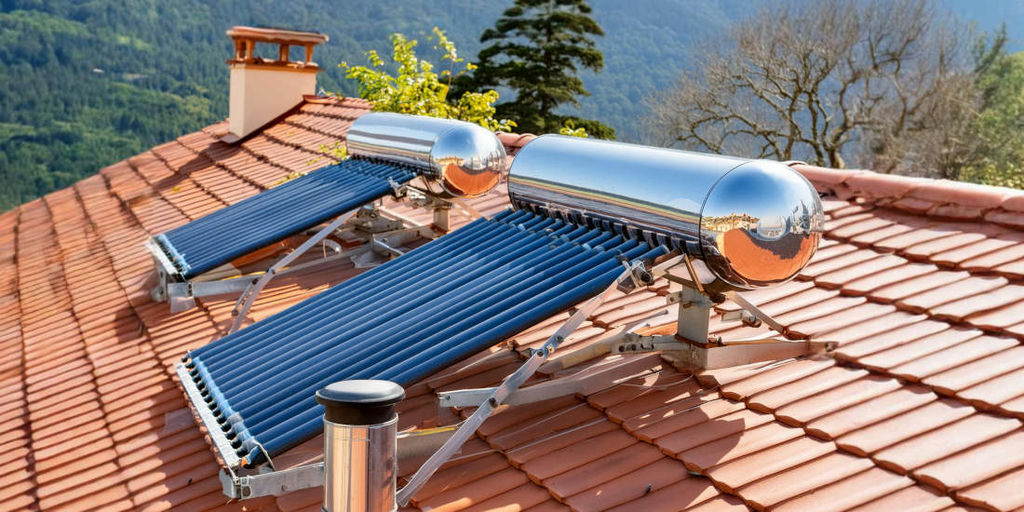Heat with electricity
- Earth Points
- 60
- Ease
- Ambitious
Description
Replace your fossil-fueled furnace with an electric furnace or heat pump. Electric heating units reduce pollution, cost less to install, are safer (no exploding gas or carbon monoxide to worry about), are easier to maintain (fewer moving parts), and tend to last longer.
Soon, humanity will leave fossil gas in the dustbin of history. Fossil gas (commonly known as natural gas) is primarily methane. With leaks at every stage of extraction and processing added to the very high climate impact of methane, burning fossil gas could be as bad for the climate as burning coal.
To speed up the transition to cleaner energy, municipalities around the world are starting to require new construction to have no methane (natural gas) whatsoever.
Tips
• Replacing your fossil-fueled furnace is a particularly good action if your furnace or boiler is older than 20 years. If it is 10–20 years old, the decision to replace it is a judgment call based on its age, size, condition, and performance.
• Talk to friends in your community who have already replaced their furnace, find out all the pros and cons, and get recommendations for local contractors.
• Hiring a highly qualified home heating contractor can help you evaluate your existing system within the context of your region and determine the best actions to take. Look for one that specializes in electric heating options.
• Consider your options between an electric heat pump and an electric furnace. The heat pump is generally the more efficient and cost-effective option, but that can vary for your particular situation.
• A heat pump draws heat from the outdoors (even if it’s cold) and transfers that heat via pressurized refrigerant lines into your home. An electric furnace generates heat in much the same manner that a hairdryer would, by blowing air over a hot element.
• Heat pumps run more efficiently, and can use up to 50 percent less electricity. They also can double as air conditioners, so there is no need to install a separate unit for that.
• A heat pump can draw warmth from air that is below freezing, but as the temperature drops, heat pumps become less efficient. If you live an area that often gets well below freezing in the winter, then you make sure you get a model that is designed for that.
• Before taking this action, consider switching to 100% renewable electricity if you have not already, to have the largest positive impact.
• One potential way to save money on your installation is to do it in the middle of summer when business can be slow for heating contractors.
• After you switch out your furnace, if possible, have the gas pipes removed as well. This makes your house safer and ensures that potential future owners will not undo your carbon reduction modernization work.


